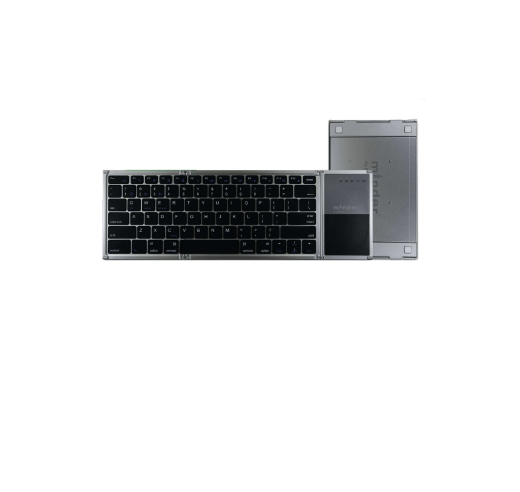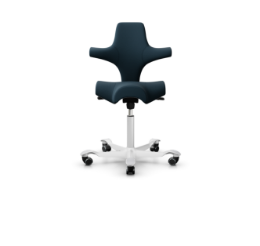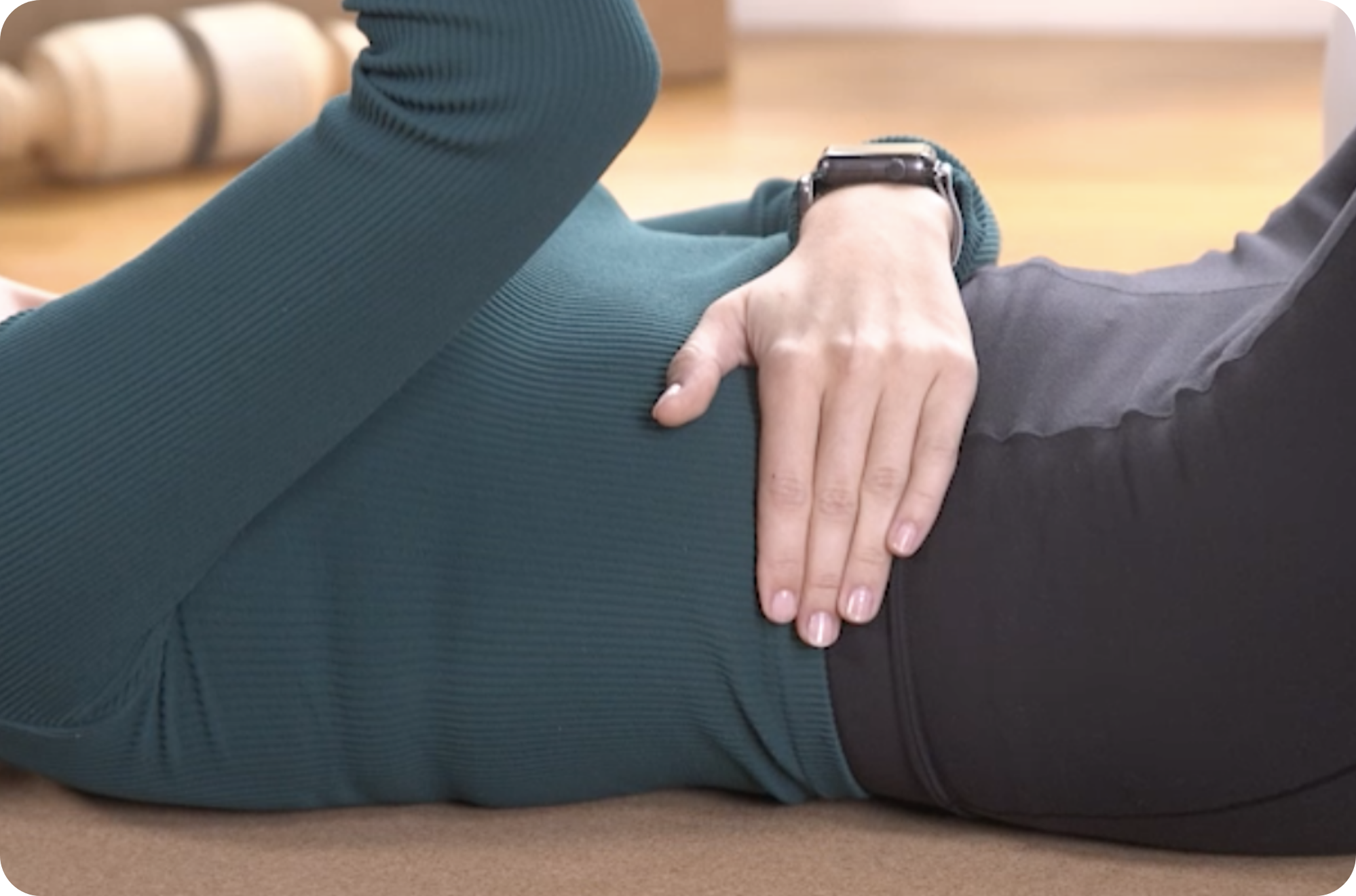June is Migraine and Headache Awareness Month. Migraines have been called the “invisible illness” – as they can’t be seen and they can be difficult to explain unless experienced firsthand. And yet, migraines are the third most prevalent and sixth most disabling medical illness in the world. Over 37 million men, women and children suffer from migraines in the U.S. alone (that’s more than diabetes and asthma combined!). That means a life full of unpredictability and stress, never knowing when a debilitating migraine might hit. [1]
How can something so prevalent and crippling, be so common, yet lack so much awareness and be so misunderstood? It might have something to do with the fact that only 5% of the population that suffer from migraines have been accurately diagnosed. [2] And, on top of that, a 2013 study from Thomas Jefferson University found that migraine sufferers experience as much social stigma as people with epilepsy! The study also found that much of the stigma is in fact internal because many who suffer from migraines often assume their pain will be received negatively by those around them, such as not being believed. The subjective experiences of stigma have shown to be almost as damaging to health as overt discrimination or the loss of social relationships.[3]
Migraine = Headache?
Migraines and headaches are not synonymous. Some might misclassify their really bad headache as a migraine, while others who suffer from migraines might go through life thinking they just get a lot of debilitating headaches. One common misconception though is that head pain is the primary symptom of a migraine. However, what differentiates a migraine from a headache is its duration, severity and other accompanying symptoms such as dizziness, nausea, vomiting, light sensitivity, among others. Migraines are a neurological disease. Another key difference is that headaches often have an identifiable cause, whereas migraines might have known triggers and risk factors but the cause cannot be determined. [2]
It is important to take the time to assess your workspace to ensure you are optimizing your comfort level. While working from the office, employees were equipped with comfortable chairs, adjustable equipment and proper desks.
Risk Factors
- Gender and hormone changes: Women are THREE times more likely to experience migraines than men. Researchers say the primary reason is attributed to hormone shifts, for example during the menstrual cycle, pregnancy, and menopause.
- Allergies: Migraines can be associated with inflammation. Since allergies often cause inflammation in the body, allergies have shown to be a trigger for migraines.
- Family history and genetics: Researchers have discovered a genetic mutation that is common among those experiencing migraines.
Mayo Clinic provided a long list of potential migraine triggers. Although some triggers may be avoidable, many of the below are completely out of one’s control.
Triggers
- Hormonal changes in women
- Alcohol and caffeine
- Stress
- Weather changes
- Intense physical exertion
- Food additives (aspartame and MSG)
- Certain foods such as aged cheeses and salty and processed foods
- Sensory stimuli such as bright or flashing lights, loud sounds, and strong smells
- Sleep Changes
- Certain medications like oral contraceptives and vasodilators
The Emotions of an Invisible Illness
In addition to the physical impacts that a migraine can have on one’s life, there is a huge emotional factor as well. It is a life of not just chronic pain, but also an underlying consistent worry and anticipation of the next attack coupled with the fear of not being believed. That constant lives in the back of the mind and can take an emotional toll on a person. In fact, those who suffer from migraines have been linked to an increased risk of depression. A study at the American Academy of Neurology found that women with a history of migraines are 41% more likely to suffer from depression. [3]
How to Help
There are several ways to offer support to those suffering from migraine.
The American Migraine Foundation (AMF) asked its online community, Move Against Migraine, tips they would give about how best to support someone with migraines. Here’s what they said:
-
-
- 1. Believe Them
- As noted above, there are a lot of misconceptions around migraines and assumptions that it’s just a bad headache. Step one in the guide of how to support is to believe them when they say they are in pain.
- 2. Ask Them!
- Not sure how to help? Ask! Migraine attacks vary from person-to-person so the best way to provide helpful support is to simply ask. One AMF member, Ashley, said, “migraine sufferers have different experiences, triggers, and types of migraine. Sometimes {support} is as simple as turning off the lights. Other times, it’s more of a life change like not wearing perfume or being understanding when they cancel at the last minute or leave an event early.” Ask about their experience living with migraines and then listen and learn.
- 3. Don't Give Up
- As stated above, suffering from migraines often involves living a life full of unpredictability. As the “helper” that means it is important to not take a missed event or a rescheduled ocasion personally. Instead, respect their limitations, offer support and demonstrate empathy. The person suffering from migraines most likely didn’t want to cancel or leave early. This can be a lonely and isolating illness. Giving space when requested and being available as needed can be the greatest way to support.
- 4. Be Patient
- “Migraines don't just exist during an attack,” says AMF member, Bridget. “When others are flexible and understand that it is a disease that is unreliable and unpredictable–not the person–it makes people with migraines feel supported and validated.” It is common for migraine sufferers to be emotionally needy, distant, angry, or sad. They don’t want their life disrupted either. Patience goes a long way. [4]
-
The Good News
There is good news to all of this. Dr. Egilius Spierings, associate clinical professor of neurology at Harvard Medical School, says that he believes about 80% of all migraineurs can be helped. [3] Funding for migraine research is on the rise. There are now a number of medications on the market that can either prevent or at least alleviate symptoms. But a big breakthrough is coming soon. A few years ago scientists directed their focus to two neuropeptides: calcitonin gene-related peptide (CGRP) and pituitary adenylate cyclase-activating peptide (PACAP). CGRP has been researched the most and several drugs that block CGRP receptors have been FDA approved within the last five years. Scientists now have their eyes on PACAP and drug companies are trying to create antibodies that specifically target PACAP receptors. This month board-certified neurologist and director of the Headache Center at Jefferson University Hospitals, Dr. Stephen Silberstein told SELF that “there are different pathways for migraine. One pathway is CGRP; another is PACAP. When we get a good PACAP drug, I suspect that nonresponders to the CGRP drug will respond to PACAP drugs.” Silberstein states that new trials are getting us closer and closer to finding answers. There is also now a non-drug option. The FDA has approved four wearable devices that deliver electrical pulses to nerves that can cause migraines. [5]
Big things are happening and hopefully in a few years migraines will be a thing of the past. In the meantime, we must recognize migraines as a very real, very common illness that many are coping with alone. This month, focus on taking the stigma away, erasing the invisibility of the disease and help to bring the migraine experience to the forefront.
Sources
[1] National Migraine and Headache Awareness Month. 2022. National Migraine and Headache Awareness Month. [online] Available at: <https://newsroom.osfhealthcare.org/national-migraine-and-headache-awareness-month/> [Accessed 18 May 2022].
[2] Pennmedicine.org. 2022. [online] Available at: <https://www.pennmedicine.org/updates/blogs/health-and-wellness/2019/november/migraines-vs-headaches> [Accessed 18 May 2022].
[3] Harvard Health. 2022. The stigma of chronic migraine - Harvard Health. [online] Available at: <https://www.health.harvard.edu/blog/the-stigma-of-chronic-migraine-201301235828> [Accessed 18 May 2022].
[4] American Migraine Foundation. 2022. How to Best Support Someone with Migraine | AMF. [online] Available at: <https://americanmigrainefoundation.org/resource-library/support-someone-with-migraine/> [Accessed 18 May 2022].
[5] Nytimes.com. 2022. New Hope for Migraine Sufferers (Published 2020). [online] Available at: <https://www.nytimes.com/2020/01/06/well/live/new-hope-for-migraine-sufferers.html> [Accessed 18 May 2022].















Leave a comment
All comments are moderated before being published.
This site is protected by hCaptcha and the hCaptcha Privacy Policy and Terms of Service apply.